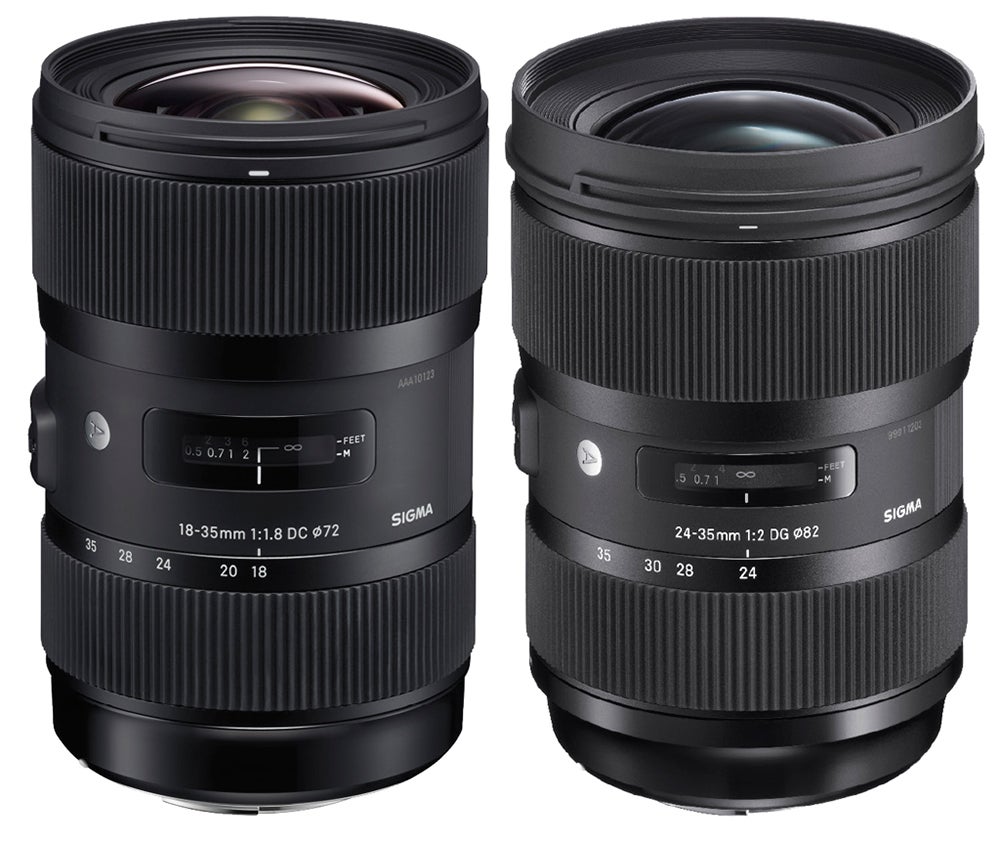Bob Newman looks at two recently launched Sigma lenses that have a limited zoom range
The recent record of Sigma’s product introductions is one of optically excellent lenses that break, one way and another, with the accepted parameters of what is practical in the context of reasonably priced commercial optics.
Last year, the company released what still is the lowest f-number zoom lens for a still camera, the 18-35mm f/1.8 DC HSM I A for APS-C (DX) cameras. Now it has trumped that achievement with the 24-35mm f/2 DG HSM I A for full-frame cameras. While this lens has a slightly larger f-number, it is effectively even faster. Due to the 2.25x area of full frame with respect to APS-C, this lens can project onto the sensor the same amount of light as would an f/1.33 lens operating on an APS-C camera.
The key to the design of both these lenses is the short zoom range. The 18-35mm has a zoom range of roughly 2x, making it a ‘wideangle-to-normal’ zoom lens. The full-frame optic has an even shorter zoom ratio of just 1.5x, making it a wideangle-only optic (although 35mm on full-frame could be seen as a ‘wide normal’). The limited zoom range combined with short focal length allows the wide aperture to be achieved within usable size limits.
To see why, we should consider how a zoom lens is constructed. The usual design is a prime lens looking through a variable Galilean telescope (or ‘afocal converter’). A Galilean telescope is made from a combination of negative and positive lenses, and unlike most telescope designs it does not invert the image. For wideangle zooms such as these, the ‘telescope’ will be inverted, with the negative lens elements towards the front. The f-number of a lens is given by the focal length divided by the diameter of the ‘entrance pupil’, which is the aperture stop viewed through the front element. Since the variable converter is placed in front of the lens, it changes the apparent size of the stop as the focal length changes, resulting in a ‘constant-aperture’ zoom, which should more properly be called a ‘constant f-number’ zoom. In the case of the 24-35mm, the maximum size of the entrance pupil, and quite likely the physical aperture of the lens, is 17.5mm (35/2), which is manageable in terms of size.
The bigger problem with respect to the dimensions of the lens is the size of a reversed Galilean telescope, which simultaneously has a wide enough angle of view that, for a full-frame lens at 24mm focal length, is 84°, and a 17.5mm ‘eyepiece’. Had Sigma extended the focal length range to 50mm, that ‘eyepiece’ would have needed to be 25mm to maintain f/2, and the lens be that much larger.





